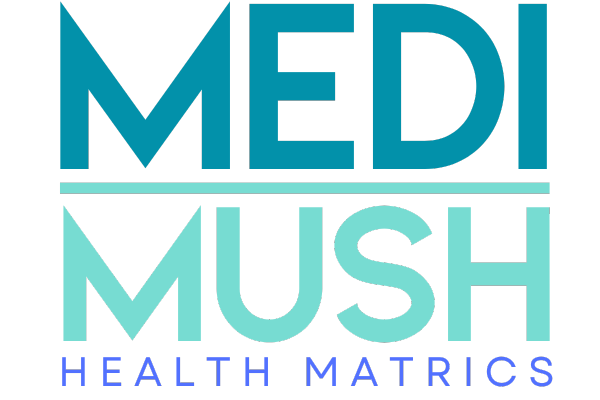
A Story about DMSO and MSM That Started in the Joints
Anna, a 52-year-old office worker, had struggled with stiff knees for years. Over-the-counter painkillers upset her stomach, and her doctor mentioned that stronger options came with risks of dependence. Browsing natural health forums, she kept seeing two names pop up together: DMSO and MSM. Curious, she asked: “What’s the difference — and is combining them safe?”
Her question captures the growing interest in these two sulfur-based compounds. Let’s unpack the science and expert opinions.
🔬 The Science of Sulfur Compounds
-
DMSO (Dimethyl Sulfoxide): A solvent with anti-inflammatory properties. It penetrates tissues easily and has been used clinically for interstitial cystitis and certain inflammatory conditions.
-
MSM (Methylsulfonylmethane): A stable, naturally occurring sulfur compound found in plants, fruits, and even rainwater. Widely used as a dietary supplement, it is linked to joint support, reduced inflammation, and improved skin elasticity.
The Connection: MSM is actually a metabolite of DMSO. In other words, when DMSO breaks down in the body, one of its natural byproducts is MSM. This explains why they are often discussed together.
🩺 What a Rheumatologist Might Say
A rheumatologist would note that:
-
DMSO has clinical history but limited modern use due to side effects (garlic breath, skin irritation, regulatory caution).
-
MSM has been studied more recently and is considered safe in supplement form, often used for osteoarthritis and joint stiffness.
👉 Their advice: “MSM is a safer long-term option for joint health. DMSO may provide faster relief, but it should be used cautiously and ideally under medical supervision.”
🥗 Nutritionist’s Perspective
From a nutrition perspective:
-
MSM is often paired with glucosamine and chondroitin in joint formulas. It supports collagen synthesis and helps maintain healthy connective tissue.
-
DMSO, while not a nutrient, may enhance absorption of topical formulations, but it does not replace nutritional support.
👉 A nutritionist would emphasise: “Think of MSM as a building block for tissues, while DMSO is more of a delivery tool and anti-inflammatory agent. They serve different roles.”
🌀 Traditional Chinese Medicine (TCM) View
In TCM terms, joint pain often arises from “Wind-Damp” conditions — where stagnation blocks circulation.
-
MSM, as a nourishing compound, could be seen as supporting the body’s resilience and flexibility.
-
DMSO, with its penetrating quality, might be viewed as dispersing stagnation.
👉 A TCM practitioner might frame them as complementary: one restoring balance, the other clearing blockages.
⚖️ Safety Considerations
-
DMSO Risks: Skin irritation, garlic-like odour, potential to carry impurities into the body.
-
MSM Risks: Generally safe, though high doses may cause mild digestive upset.
-
Combination Risks: Since MSM is a metabolite of DMSO, combining them is not inherently dangerous, but no clinical trials confirm extra benefits from using both simultaneously.
✨ The Bigger Picture
For people like Anna, the appeal of DMSO and MSM lies in their potential to reduce pain and restore mobility without harsh pharmaceuticals. But it’s important to respect their differences:
-
MSM is safe, nutritional, and suitable for daily use.
-
DMSO is powerful but requires caution, cleanliness, and awareness of potential side effects.
Together, they symbolise two sides of the same coin: one born from the other, each with its own role to play.
🔗 Where to Learn More
-
Related: DMSO and Arthritis
-
Related: DMSO Safety Precautions
-
Foundation: What is DMSO and How Does It Work?




 DMSO and Baking Soda: Safe Experiment or Risky Mix?
DMSO and Baking Soda: Safe Experiment or Risky Mix?
 DMSO and Collagen: Can It Really Boost Skin and Joint Health?
DMSO and Collagen: Can It Really Boost Skin and Joint Health?













